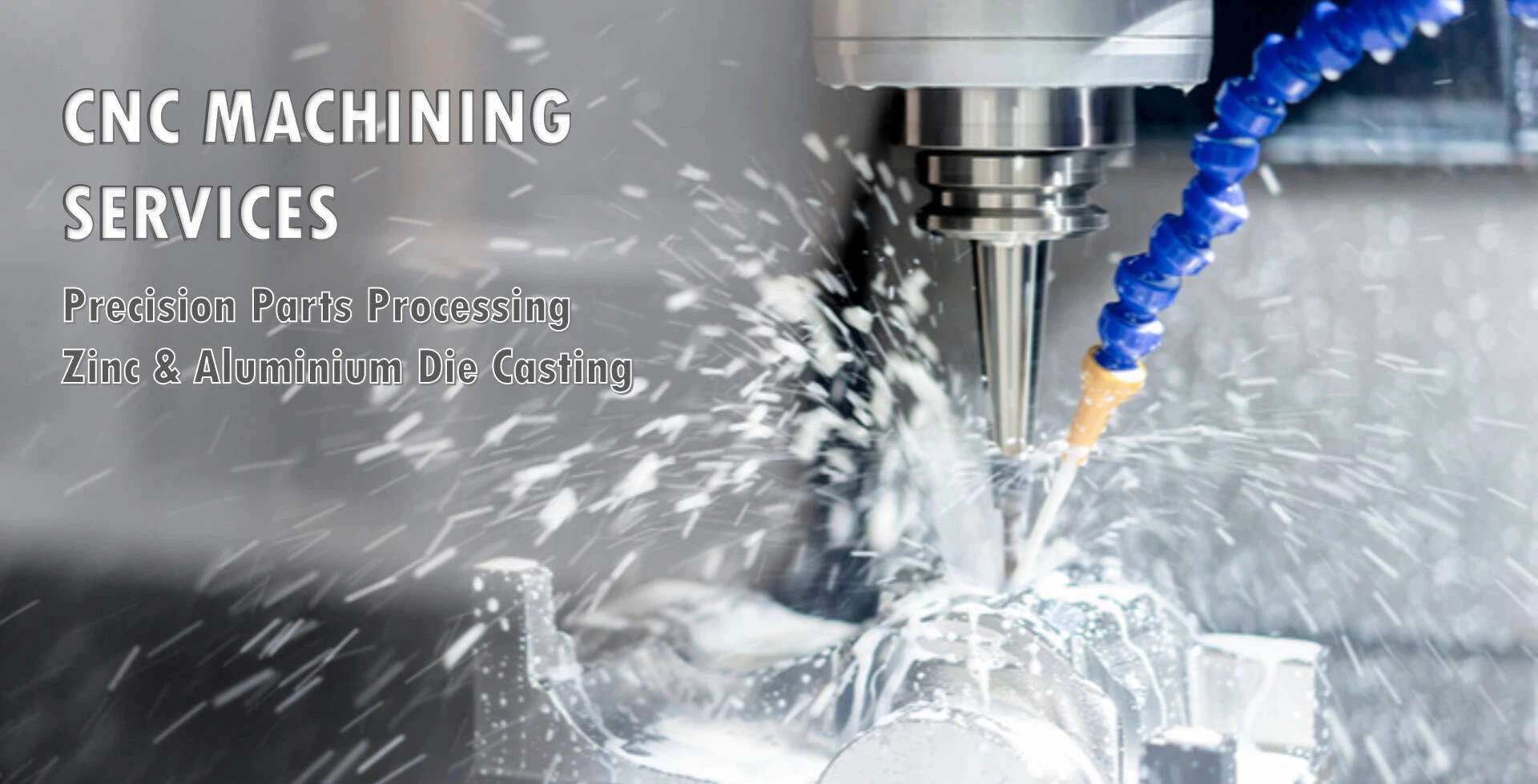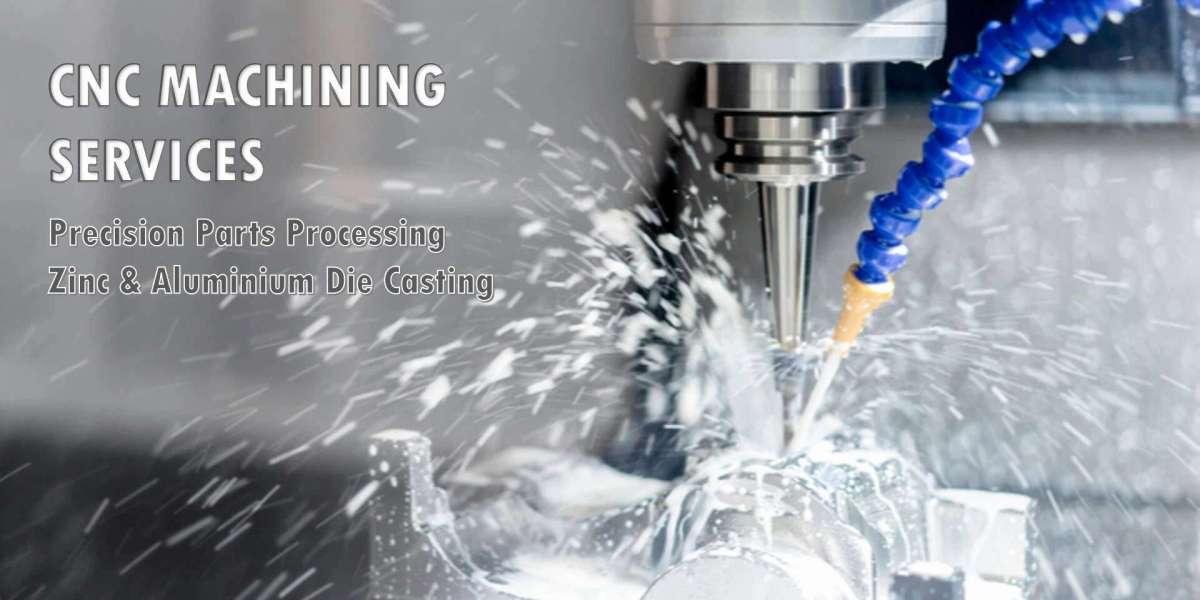
In today’s era of fast-paced logistics and high-volume inventory turnover, the efficiency of a warehouse can make or break the profitability of a business. As companies continue to battle rising storage costs and limited floor space, Pallet Racking have emerged as an essential solution for optimizing warehouse layouts. These structures are more than just metal frameworks — they are the architectural backbone of modern warehousing operations, enabling high-density storage, smooth inventory flow, and streamlined supply chains.
This article explores the fundamentals, types, advantages, applications, and design considerations of pallet racking, and why it's an indispensable asset in any distribution-driven operation.
What Is Pallet Racking?
Pallet racking is a material handling storage system designed to store goods on pallets (or "skids") in horizontal rows and multiple vertical levels. These racks are typically made from steel and are configured to allow forklifts to load and unload palletized goods quickly and safely.
By enabling vertical storage, pallet racking allows warehouses to maximize cubic space, rather than just square footage. This results in higher inventory capacity without the need to expand the facility or invest in costly real estate.
Core Components of a Pallet Racking System
Every pallet racking system comprises several standard parts that work in unison to support and organize palletized goods:
- Upright Frames: Vertical columns that provide the structural support for the system.
- Beams: Horizontal supports that connect to the uprights and hold the pallets.
- Wire Decking: Optional mesh shelves that sit on the beams to support non-standard pallets or loose goods.
- Base Plates and Anchors: Secure the uprights to the warehouse floor for stability.
- Safety Clips and Guards: Prevent beam dislodgement and protect against forklift impact.
The configuration of these components can be customized to fit specific inventory types, load weights, and handling equipment.
Types of Pallet Racking Systems
Pallet racking is not one-size-fits-all. Different operations require different configurations to meet their storage and retrieval needs. Here are the most common types:
1. Selective Racking
- Most popular and versatile type.
- Provides direct access to every pallet.
- Ideal for warehouses with a large variety of SKUs.
- Cost-effective but has lower storage density.
2. Drive-In / Drive-Through Racking
- Designed for high-density storage.
- Forklifts drive into the rack system to load or retrieve pallets.
- Best for operations with large volumes of the same product.
- Drive-in has one entry point; drive-through allows access from both sides.
3. Push-Back Racking
- Uses a system of nested carts on inclined rails.
- Pallets are loaded from the front and push back previously loaded pallets.
- Last-In-First-Out (LIFO) inventory rotation.
- Offers high density without sacrificing access.
4. Pallet Flow (Gravity Flow) Racking
- Uses rollers and a downward slope for First-In-First-Out (FIFO) inventory rotation.
- Ideal for perishables or time-sensitive goods.
- Automates pallet movement and minimizes handling time.
5. Cantilever Racking
- Designed for long or irregularly shaped items (pipes, lumber, furniture).
- Open-front design without vertical obstructions.
- Easy loading and unloading of oversized materials.
Key Benefits of Pallet Racking
Implementing a well-designed pallet racking system offers a range of advantages that go beyond simple storage:
1. Maximized Storage Space
By using vertical space efficiently, businesses can store more inventory without expanding their warehouse footprint.
2. Improved Inventory Organization
Racking systems help categorize goods by SKU, type, or batch, making it easier to locate and retrieve items quickly.
3. Enhanced Safety
Properly installed pallet racking systems are built to handle heavy loads and minimize risks of collapse or injury when combined with safety features.
4. Increased Productivity
Efficient storage reduces time spent navigating aisles or locating products, thereby speeding up order fulfillment and reducing labor costs.
5. Adaptability and Scalability
Racking systems can be expanded or reconfigured as your business grows or as inventory needs change.
Applications Across Industries
Pallet racking is used in virtually every sector that involves storage and distribution:
- Retail and E-Commerce: Organizes large volumes of goods for fast picking and packing.
- Food and Beverage: Stores perishables using FIFO pallet flow systems.
- Pharmaceuticals: Maintains proper segregation and easy access to sensitive inventory.
- Automotive: Stores heavy and bulky parts in a structured manner.
- Third-Party Logistics (3PL): Provides scalable and multi-client storage solutions.
Even in smaller operations, pallet racking helps maintain a clean, efficient, and safe environment.
Design and Planning Considerations
Choosing the right pallet racking system involves more than just installing shelves. Several critical factors must be evaluated:
- Pallet Size and Load Capacity: Racks must be able to accommodate the weight and dimensions of your pallets.
- Ceiling Height and Building Layout: Vertical clearance and column spacing can affect racking design.
- Forklift Access and Aisle Width: Adequate spacing is needed to maneuver forklifts and reach higher racks.
- Inventory Turnover Rate: High-turnover items might require selective racking, while slower-moving goods could use denser systems.
- Seismic Zone Considerations: In earthquake-prone regions, racks must meet stricter structural requirements.
- Future Scalability: Modular designs can make it easier to expand or reconfigure later.
Consulting with material handling specialists or warehouse designers can help optimize racking layout and ROI.
Common Challenges and Maintenance
Despite its benefits, pallet racking also presents operational challenges:
- Damage from Equipment: Forklift collisions can weaken structural components and cause rack failure.
- Overloading: Exceeding weight limits can result in collapse or deformation.
- Improper Installation: Racks must be level, secured, and correctly assembled to avoid instability.
Routine inspections and maintenance are essential. This includes checking for bent beams, loose anchors, rust, or missing safety clips. Many facilities implement regular safety audits to ensure compliance with OSHA and other safety standards.
The Future of Pallet Racking: Automation and Intelligence
As warehouses evolve into smart, automated spaces, pallet racking is evolving too. Integration with technologies such as:
- Automated Storage and Retrieval Systems (AS/RS)
- RFID and Barcode Scanning
- Inventory Management Software
- Vertical Lift Modules (VLMs)
…is making racking smarter, more data-driven, and fully compatible with Industry 4.0 logistics systems. These innovations allow businesses to track inventory in real time, automate picking, and minimize human error.
Final Thoughts
Pallet racking is not just about storing goods — it’s about creating a strategic foundation for warehouse efficiency, safety, and scalability. In an economy that thrives on speed, accuracy, and lean operations, an effective racking system can be the difference between chaos and control.
By investing in a well-planned pallet racking system tailored to your operational needs, you lay the groundwork for smoother workflows, faster order fulfillment, and long-term growth. As space becomes more valuable and logistics more complex, pallet racking remains a key tool in shaping the modern warehouse. Click here to view more details https://www.hrcncmachining.com/



